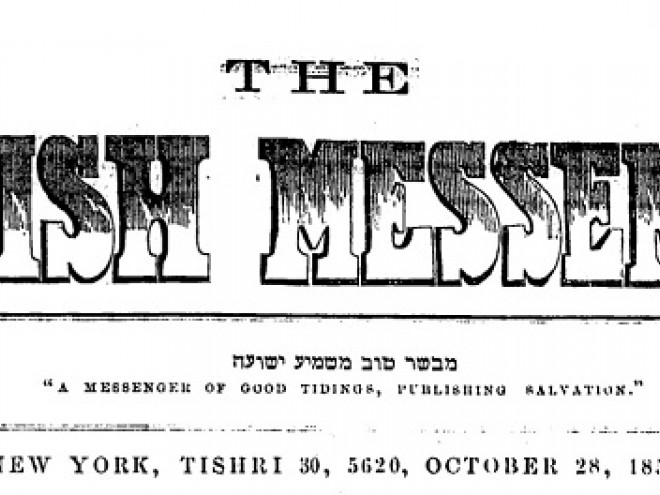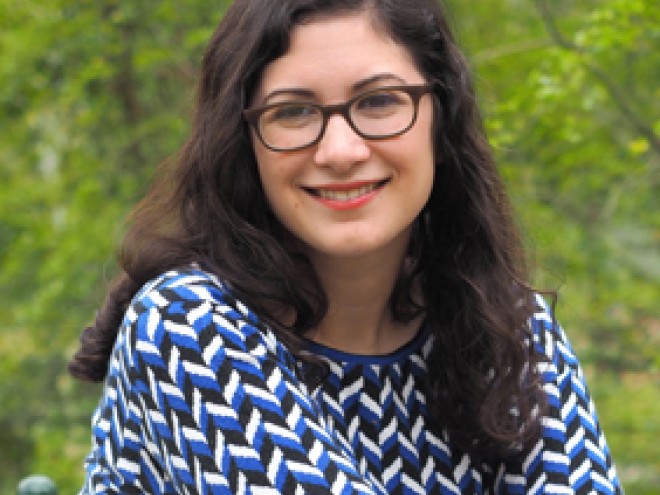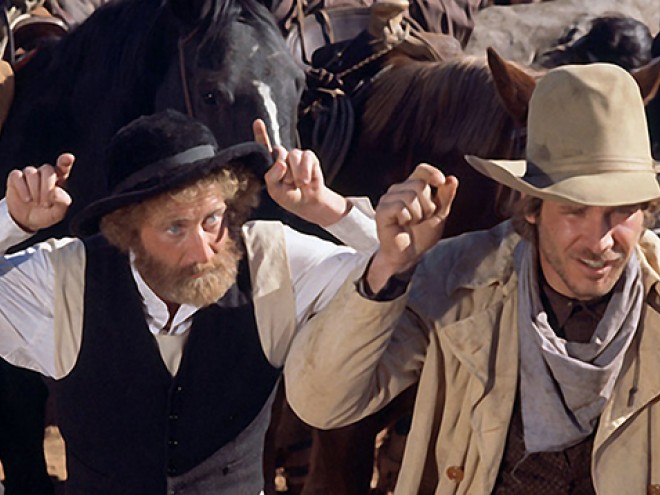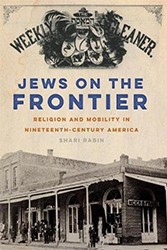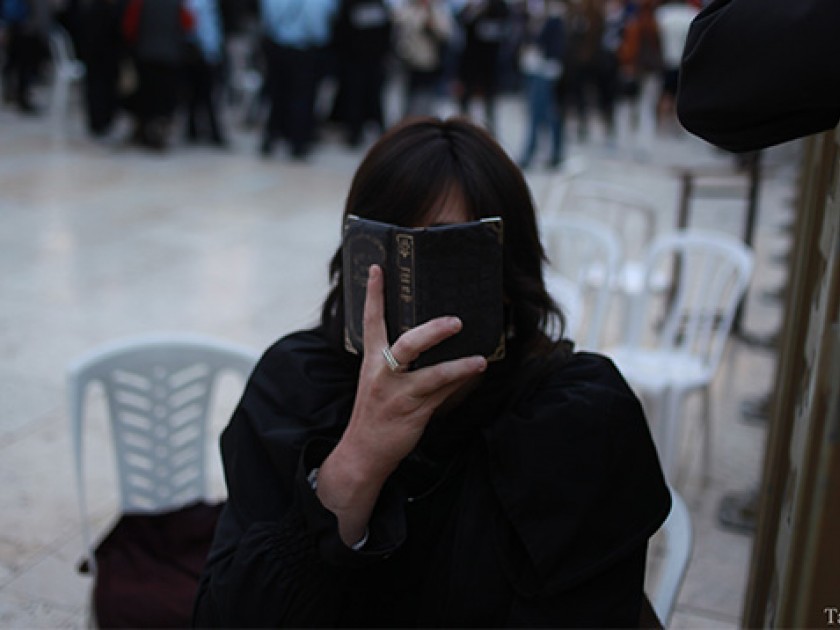
Image via Tal King/Flickr
Shari Rabin is the author of Jews on the Frontier: Religion and Mobility in Nineteenth-Century America, winner of the 2017 National Jewish Book Award for American Jewish Studies. She is writing here as part of Jewish Book Council’s Visiting Scribe series.
One day, while reading in the “Domestic Record” section of the American Israelite newspaper, I stumbled upon a local report that shocked me. It was an 1860 travel report written by Rabbi Isaac Mayer Wise (founder of the American Israelite) from Lafayette, Indiana:
I am sorry to say, that the Hazan frequently finds no minyan (ten male adults) in the Synagogue on Sabbath, I, therefore, instructed him to count the ladies to a minyan, not to suspend the divine service, as the act of confirming girls puts an end to the idea that females are not members of the Synagogue as well as males.
In 1860, women were being counted in a minyan, a practice that was only affirmed in progressive Jewish movements over a century later! It did not surprise me that women were active in a congregation. Jewish women throughout the United States raised money and attended worship in larger numbers than did men. Jewish men exuberantly praised women in the Jewish press for their dedication and service; Wise himself later argued in the Western Journal that “ladies uphold Judaism.”And yet, as a whole, American Jewish congregations in the nineteenth century were far from inclusive. Women could not be members, nor serve on boards, and they often sat in cramped balconies. Although widows sometimes enjoyed their own congregational status, for most women, access to seats, education for their children, and burial plots were granted through their husbands or fathers. So how did women come to be counted in a minyan? And what can it tell us about in the dynamics of women in American Judaism?
According to Wise, counting women in a minyan was his idea, an obvious outgrowth of the egalitarian principles represented in the Confirmation ceremony. And yet, Wise was visiting town briefly, so he likely got his information — and possibly the suggestion — from local congregants themselves. Wise apparently made the final call, but this opinion was not one he repeated particularly loudly. I found almost no other references in his newspaper to counting women in a minyan, except for one, from Keokuk, Iowa, in November 1875. That year, correspondent “F.B.” wrote to the American Israelite:
[T]he ladies, both old and young…attend the divine service very regularly on Friday evening, as well as on Sabbath morning, on holidays and on all other special occasions. They feel well pleased because we adopted the rule to open divine service if ten ladies are present, as well as if ten men are present. Many a time we could not open at all if we had to wait for our men, who always make the well-known excuse: ‘We like to come, but we can not lose the best business day in the week, so we can not leave the store.’
There is little detail in this account about who initiated this innovation — did the women make the case or did the men unilaterally bestow the privilege upon them? Though they wrote to his paper, they did not ask Wise for his opinion, nor does it seem that they were aware of his earlier move in Lafayette.
The Jews of Lafayette and Keokuk faced a common problem for synagogues in the nineteenth century. Work was discouraged, if not legally forbidden, on Sundays in many American communities; and most Jews, who were not wealthy enough to allow for two days of rest, felt compelled to work on Saturdays. For these small midwestern congregations, counting women in a minyan was a pragmatic solution. Although this was very uncommon and seemed to have had little broader impact, these examples are instructive. They teach us that Jews in the past were more diverse and flexible than contemporary interpreters of “tradition” would have it. And they show that for those seeking religious rights and responsibilities within their communities, showing up is half the battle.
Shari Rabin is Assistant Professor of Jewish Studies and Director of the Pearlstine/Lipov Center for Southern Jewish Culture at the College of Charleston. She is a historian of American religions and modern Judaism, specializing in the nineteenth century.
Shari Rabin is the author of Jews on the Frontier: Religion and Mobility in Nineteenth-Century America (NYU Press, 2017). She is Assistant Professor of Jewish Studies and Director of the Pearlstine/Lipov Center for Southern Jewish Culture at the College of Charleston. She is a historian of American religions and modern Judaism, specializing in the nineteenth century.
